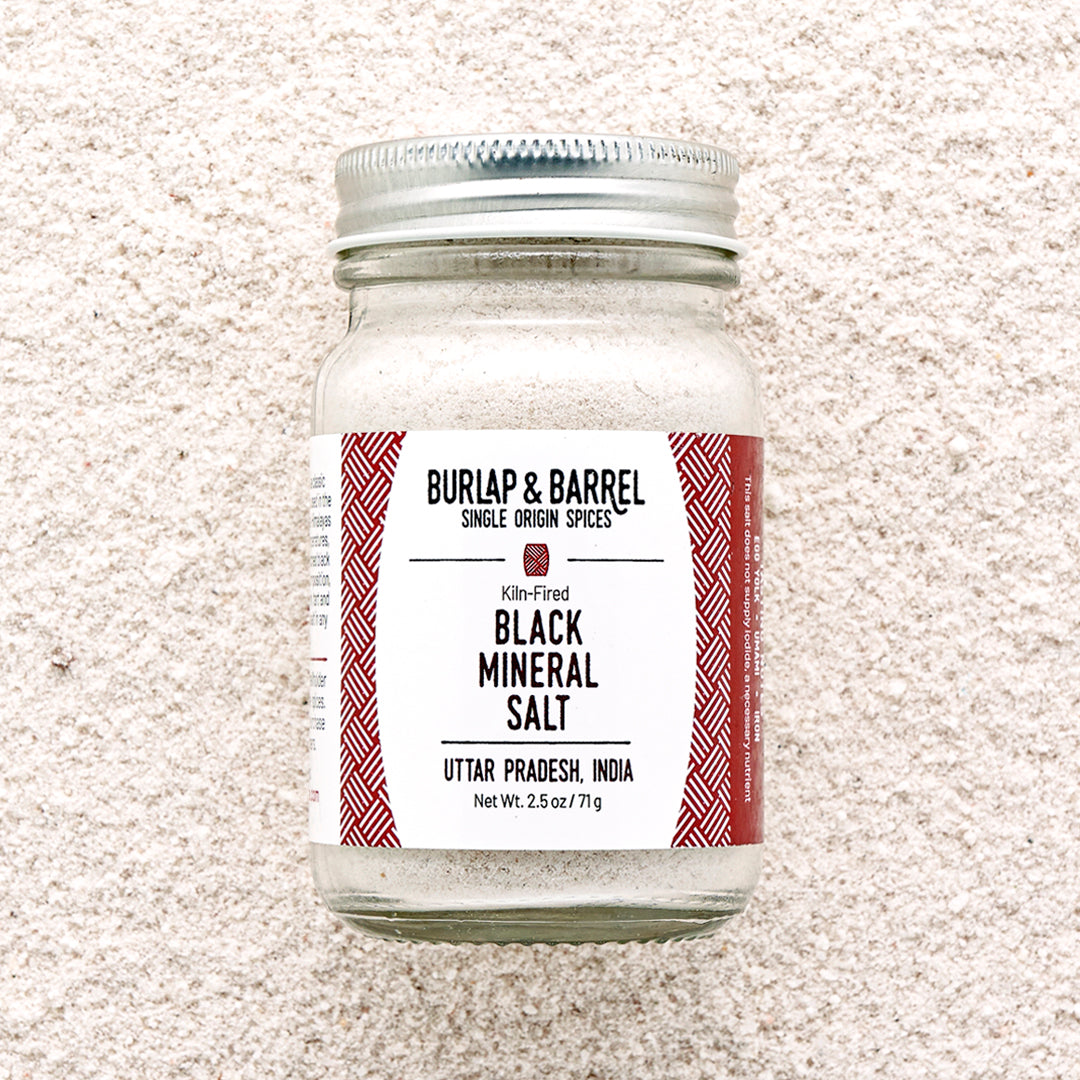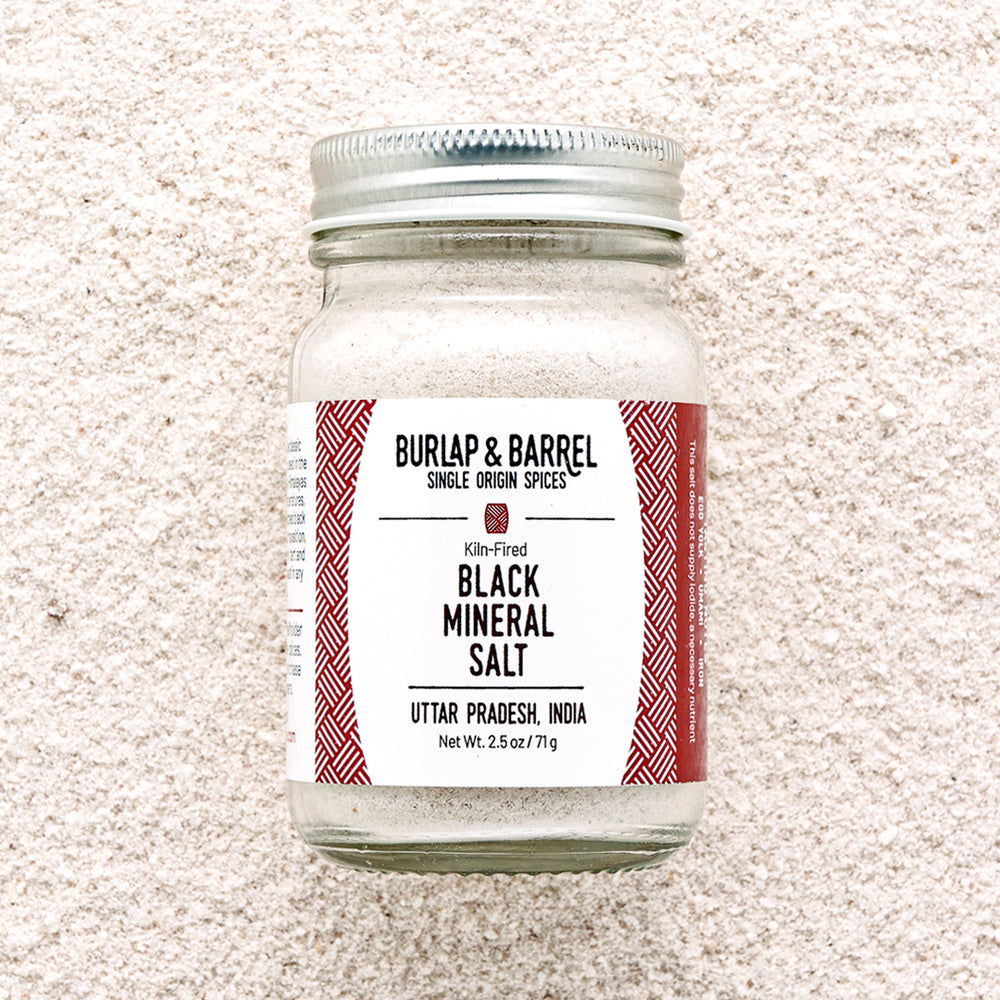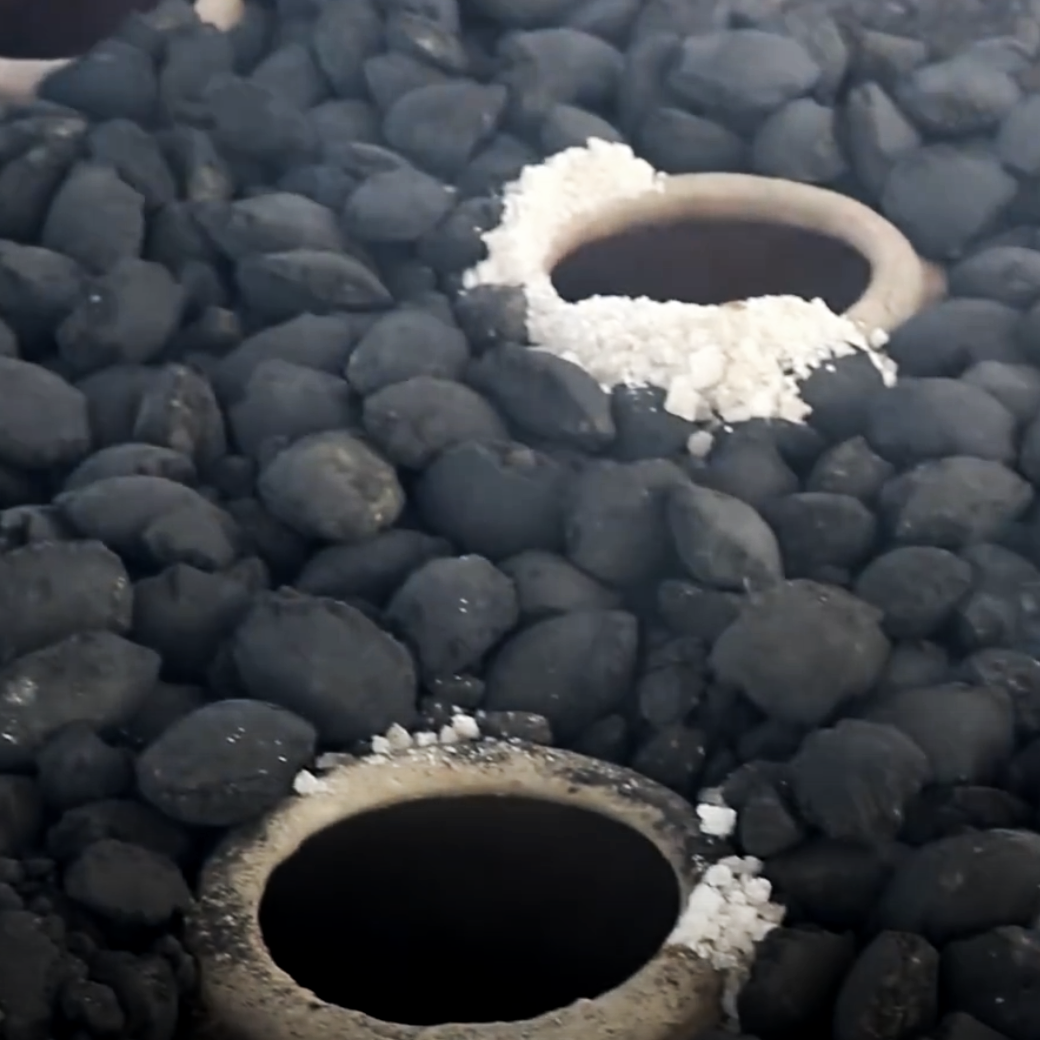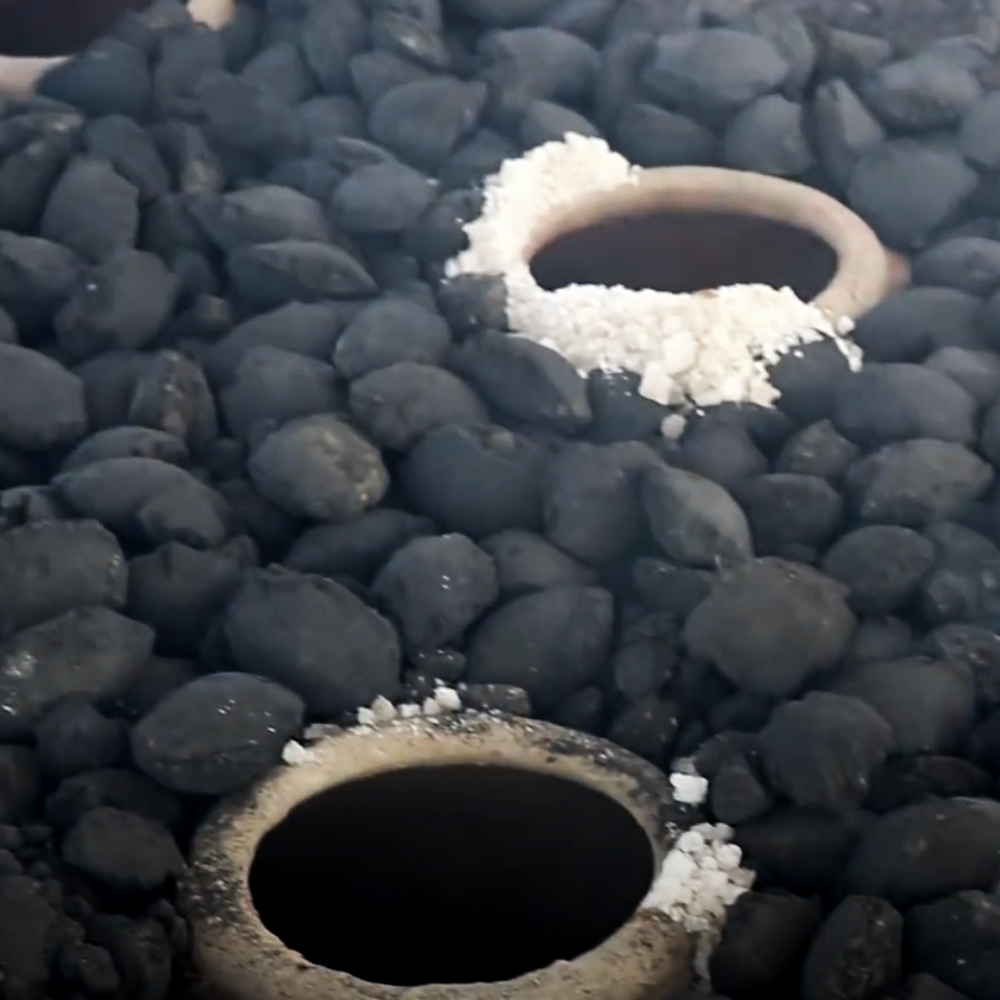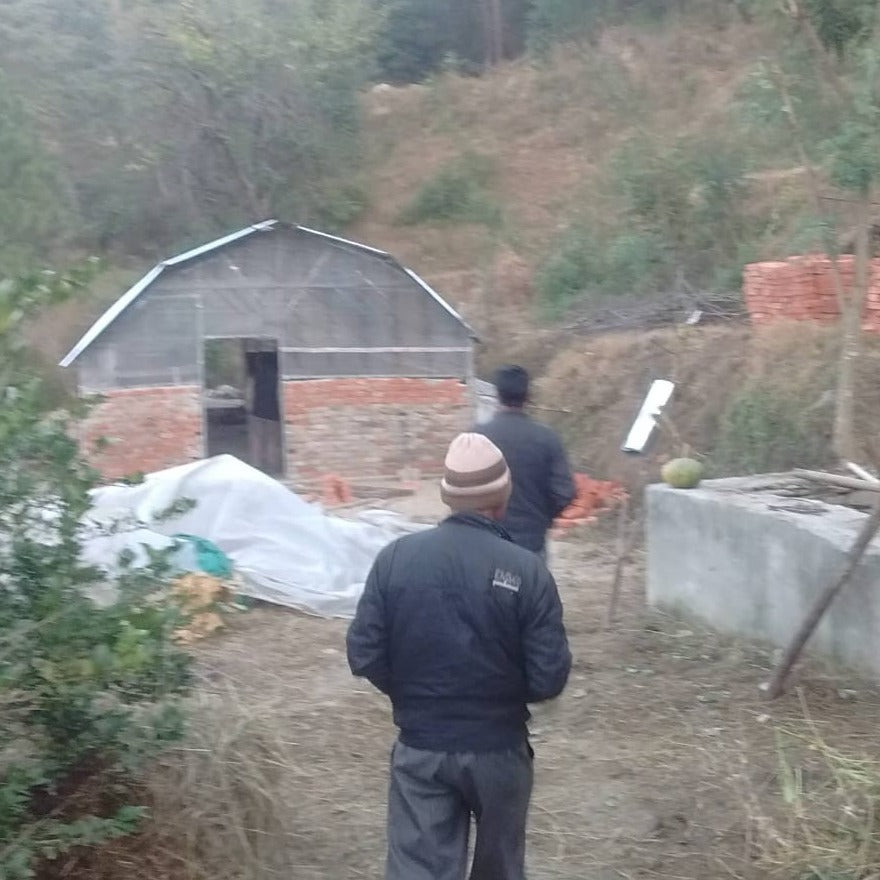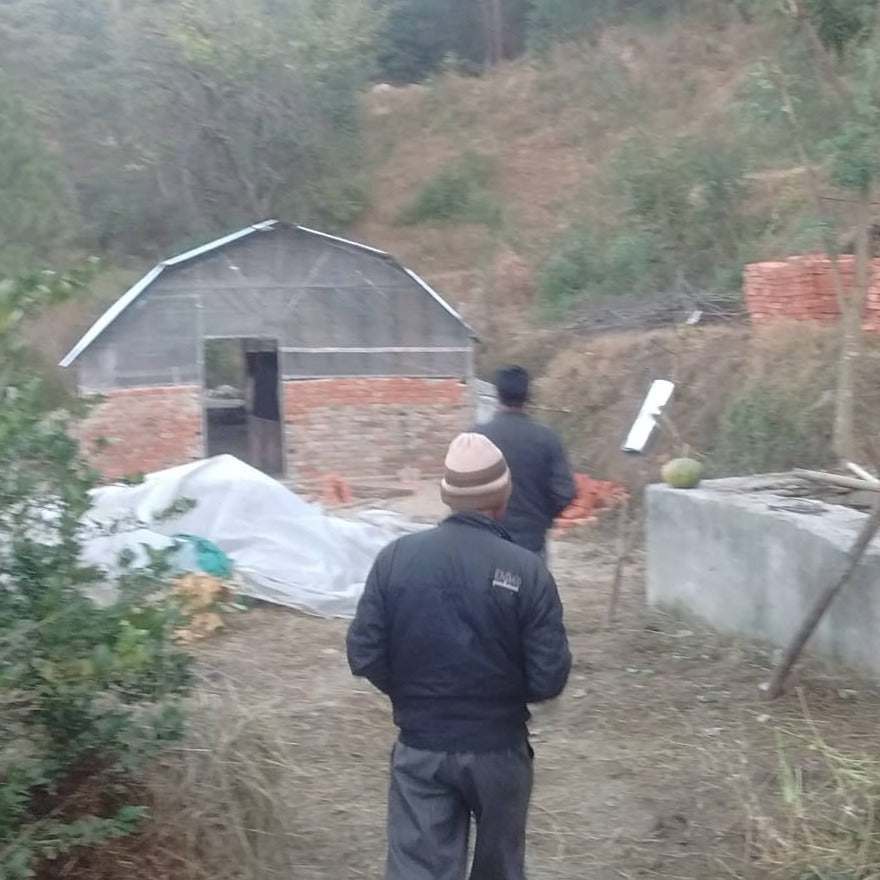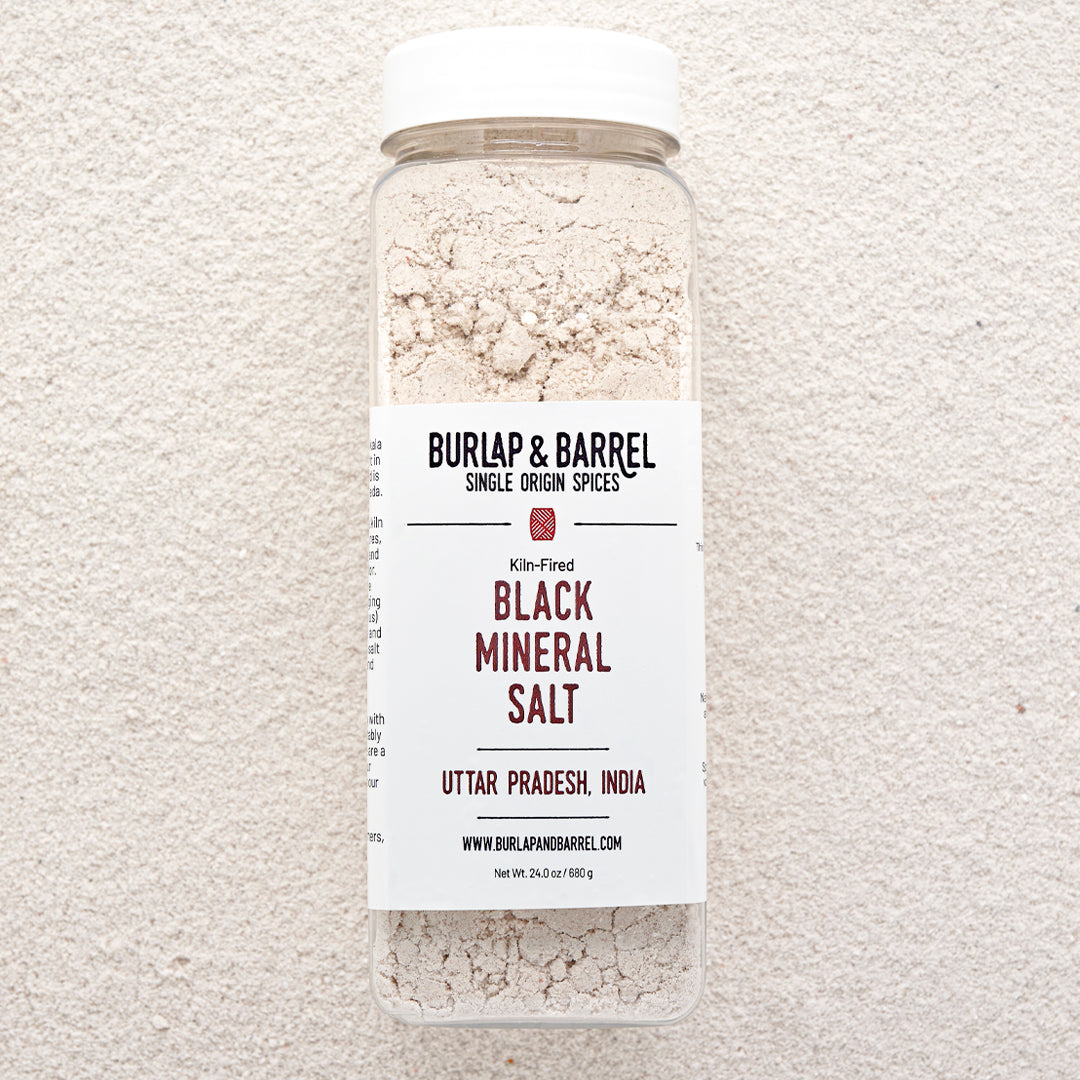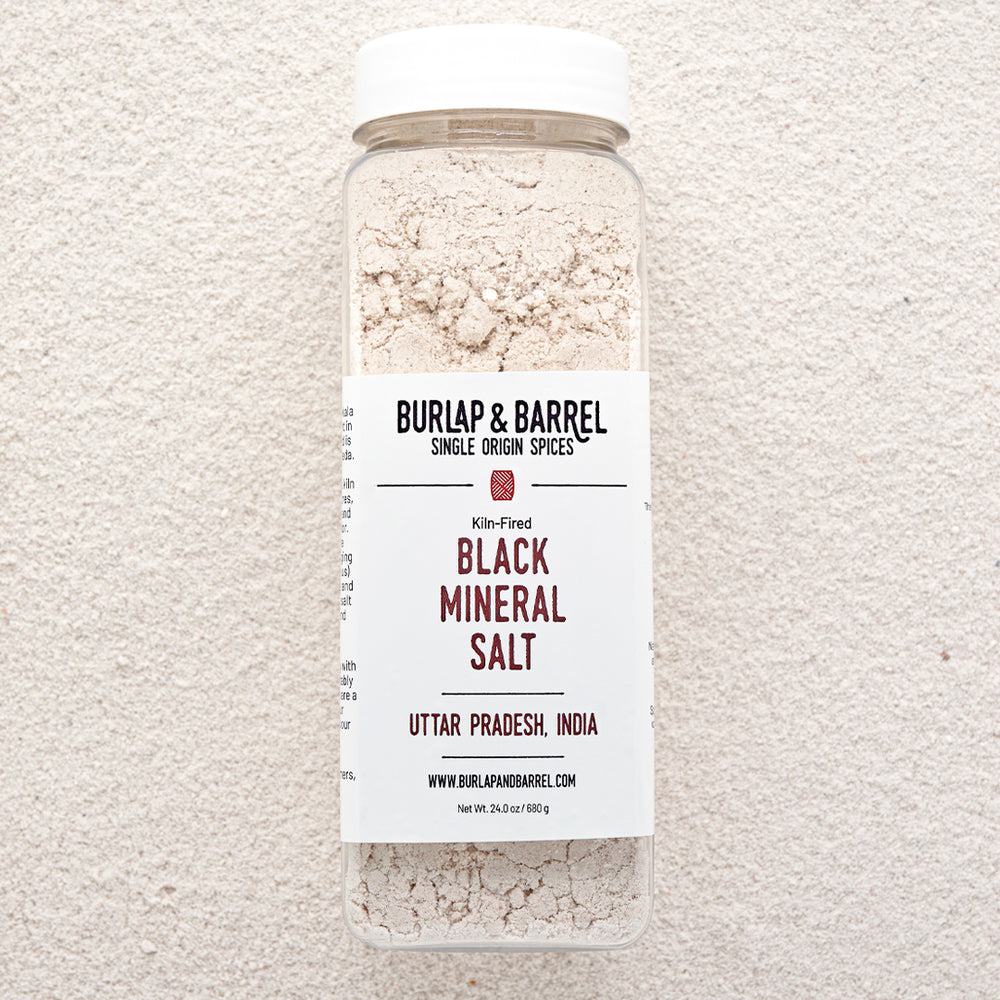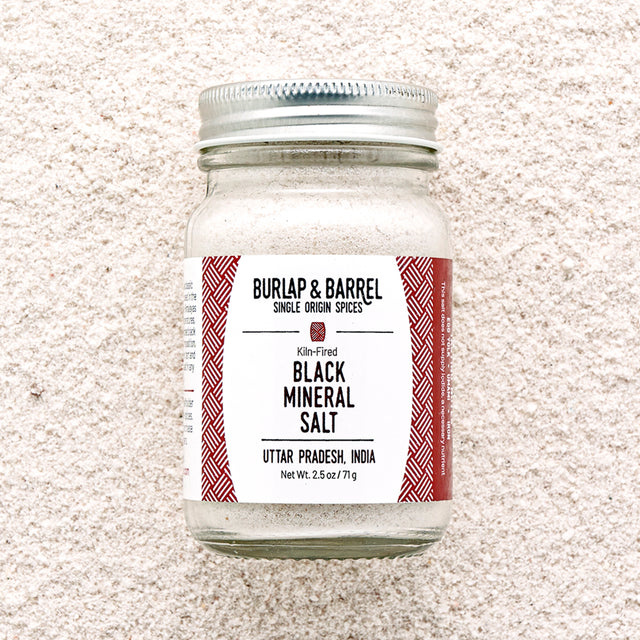
Black Mineral Salt
A classic ingredient in South Asia, savory salt with a nice eggy flavor.
Black Mineral Salt - 2.5 oz glass jar is backordered and will ship as soon as it is back in stock.
Why Burlap & Barrel?
Single origin spices sourced directly from small farms
Over 12,000 5-star reviews
Guaranteed to wow you or we'll replace
Black Mineral Salt (commonly called kala namak) is a classic ingredient in many South Asian dishes and is used in the practice of Ayurveda. The salt is mined in the Himalayas and then fired in a kiln at extremely high temperatures, hot enough to melt the salt and give it a scorched black color. The heat also changes the chemical composition, bringing out its beloved (and infamous) savory, tart and eggy aroma and flavor. Use instead of table salt in any dish to add depth and complexity.
This salt does not supply iodide, a necessary nutrient.
Highlights
Ingredients
Kiln-fired salt
Cooking tips
- Use to make a vegan tofu scramble
- Add to beans, stews and chilies
- Use in place of salt in noodle, rice and lentil dishes
Recipes
Sourcing
Kala namak literally means "black salt" in Hindi, and it has a long history in Ayurveda. The salt's journey starts when it's mined from the nearby mountains in Uttar Pradesh, a state in northern India that shares a border with Nepal.
From there, the mineral salt is placed into kilns alongside harad seeds, amla and babul bark and heated for 24 hours until the whole mixture melts, producing jagged black salt crystals that are ground into a powder.

